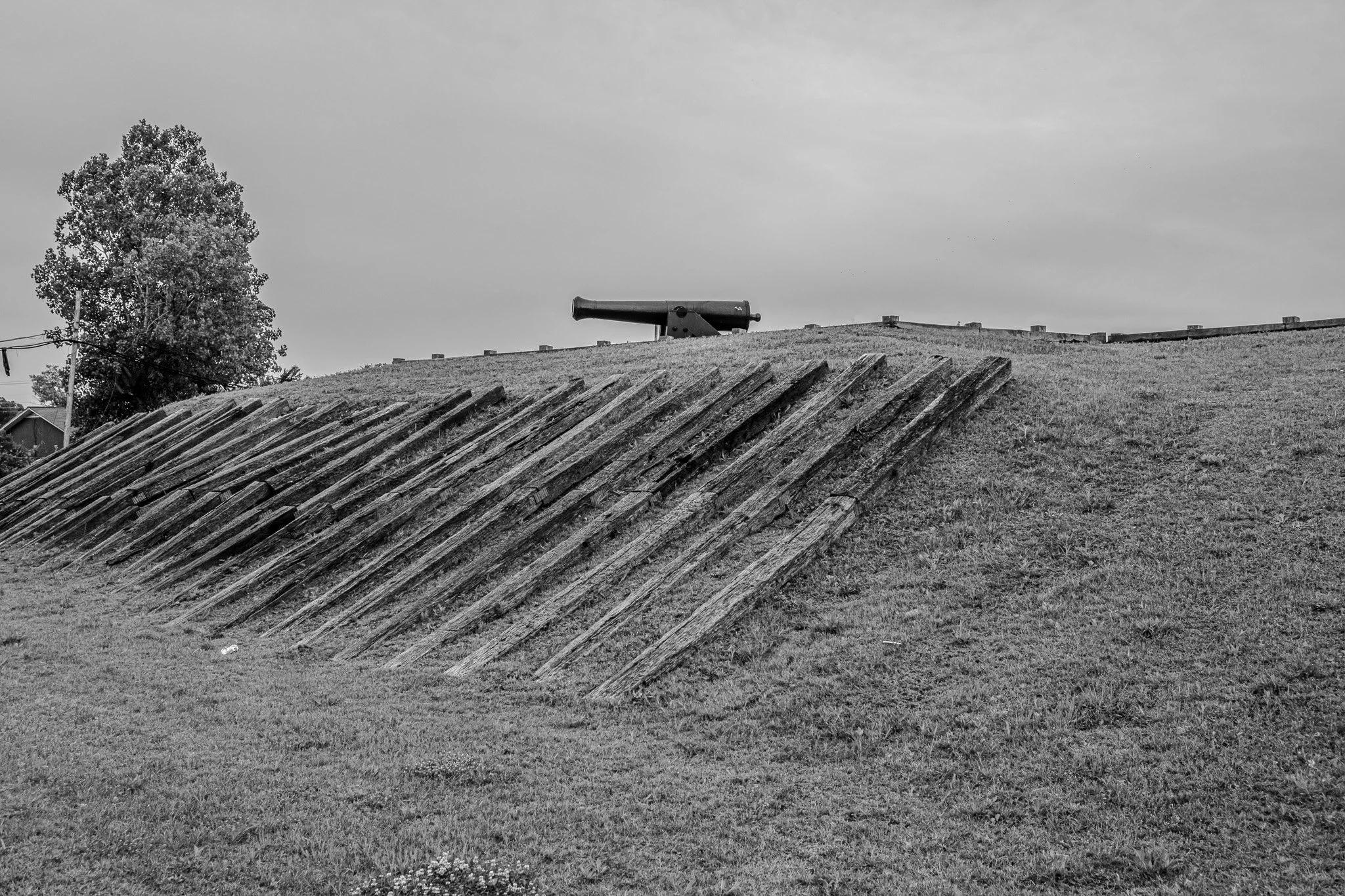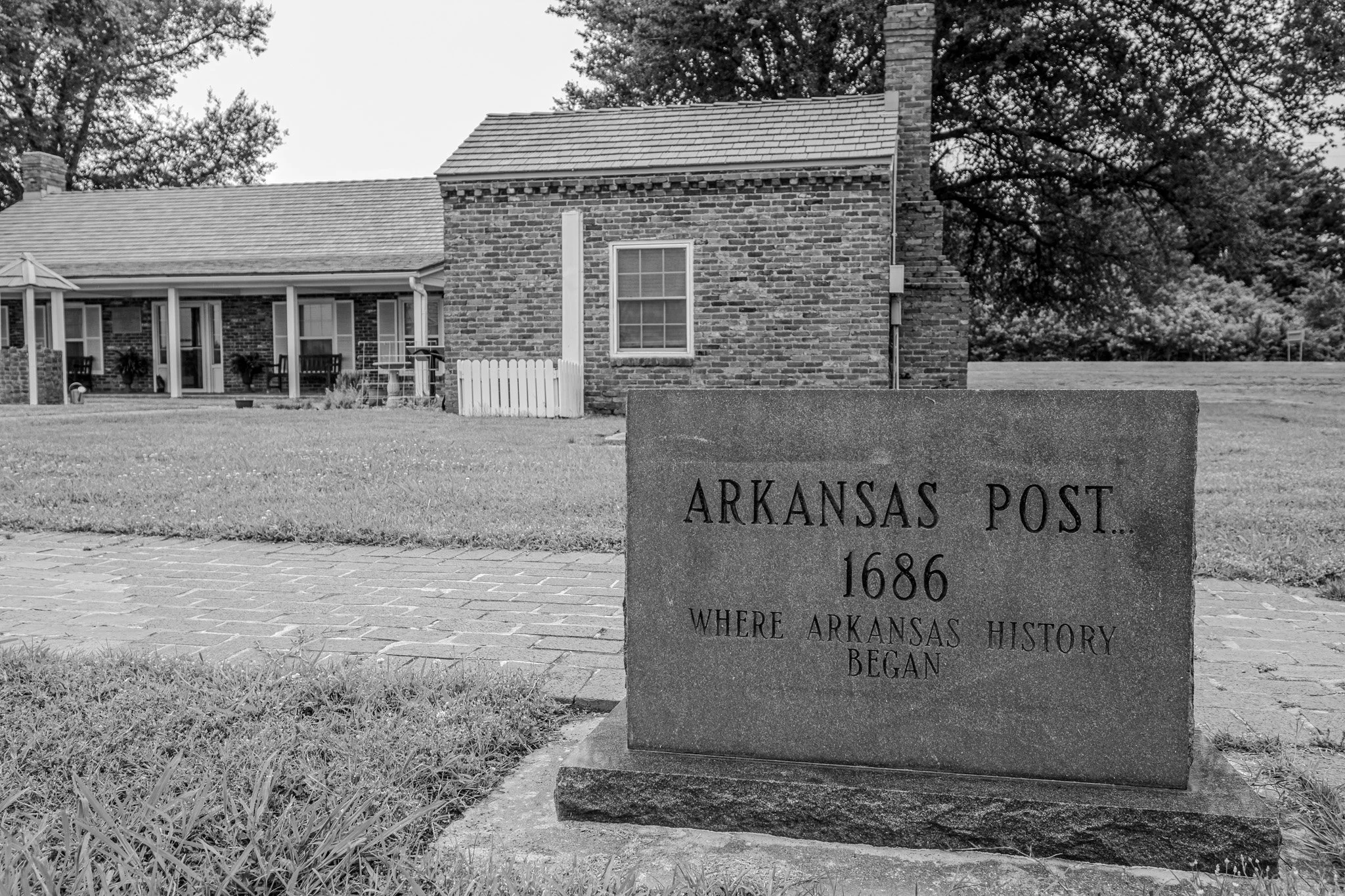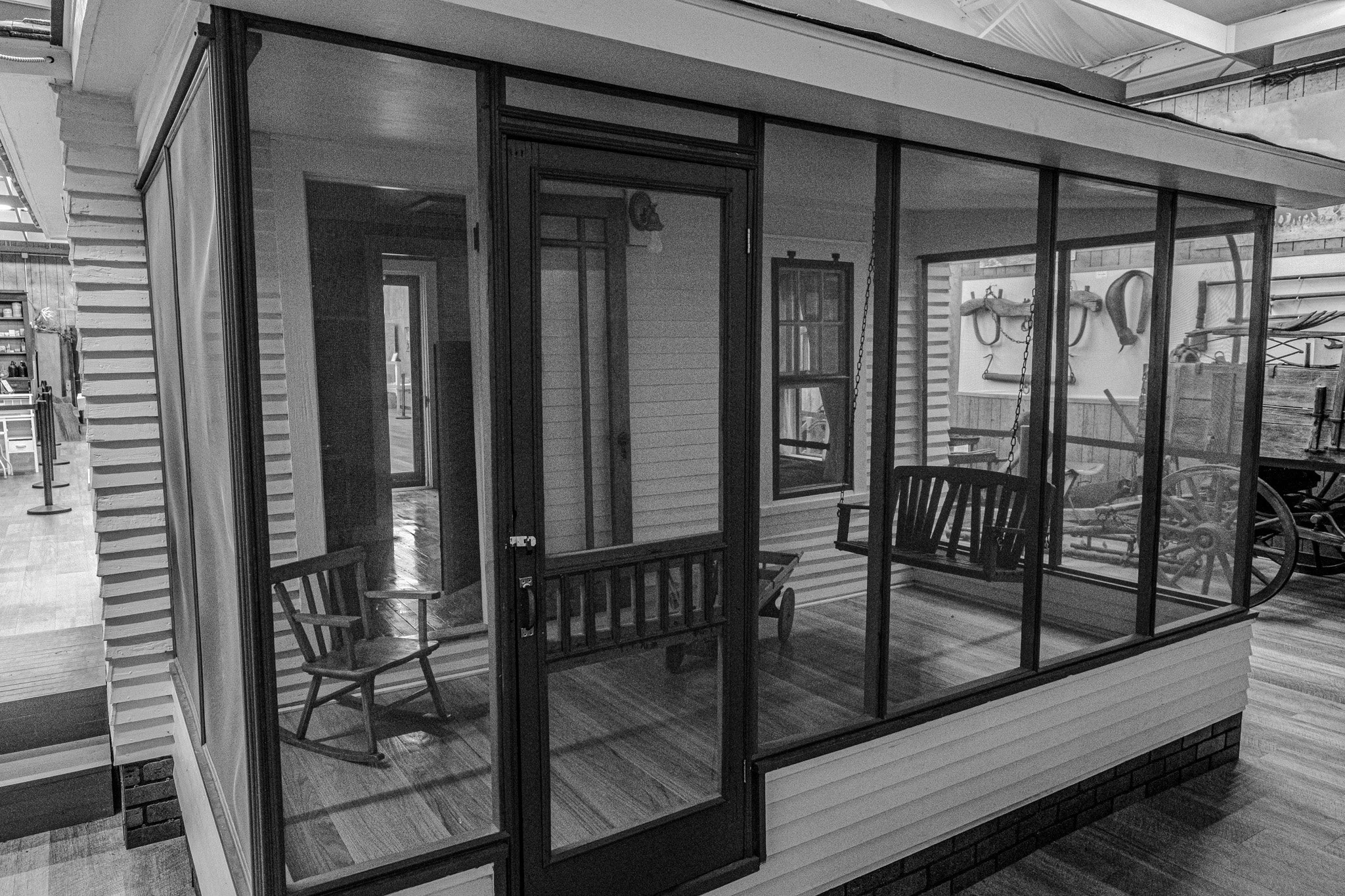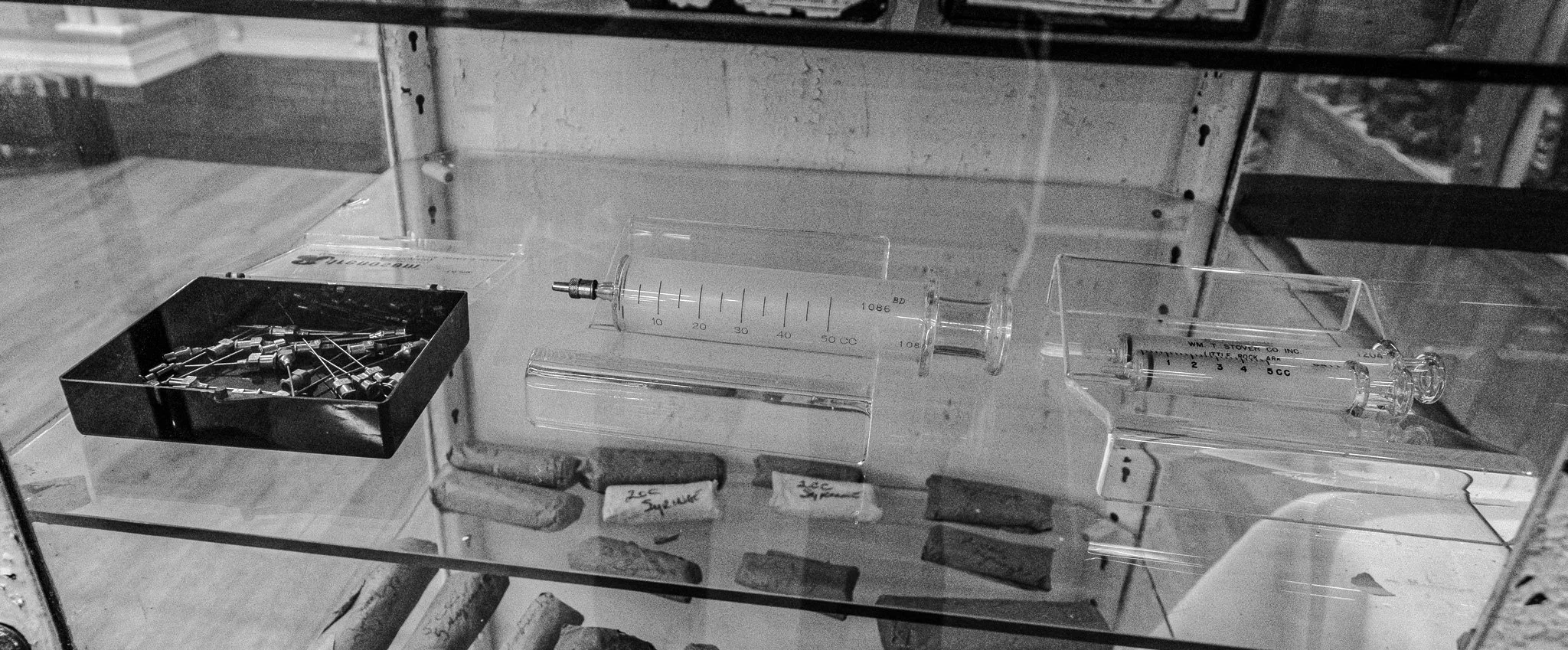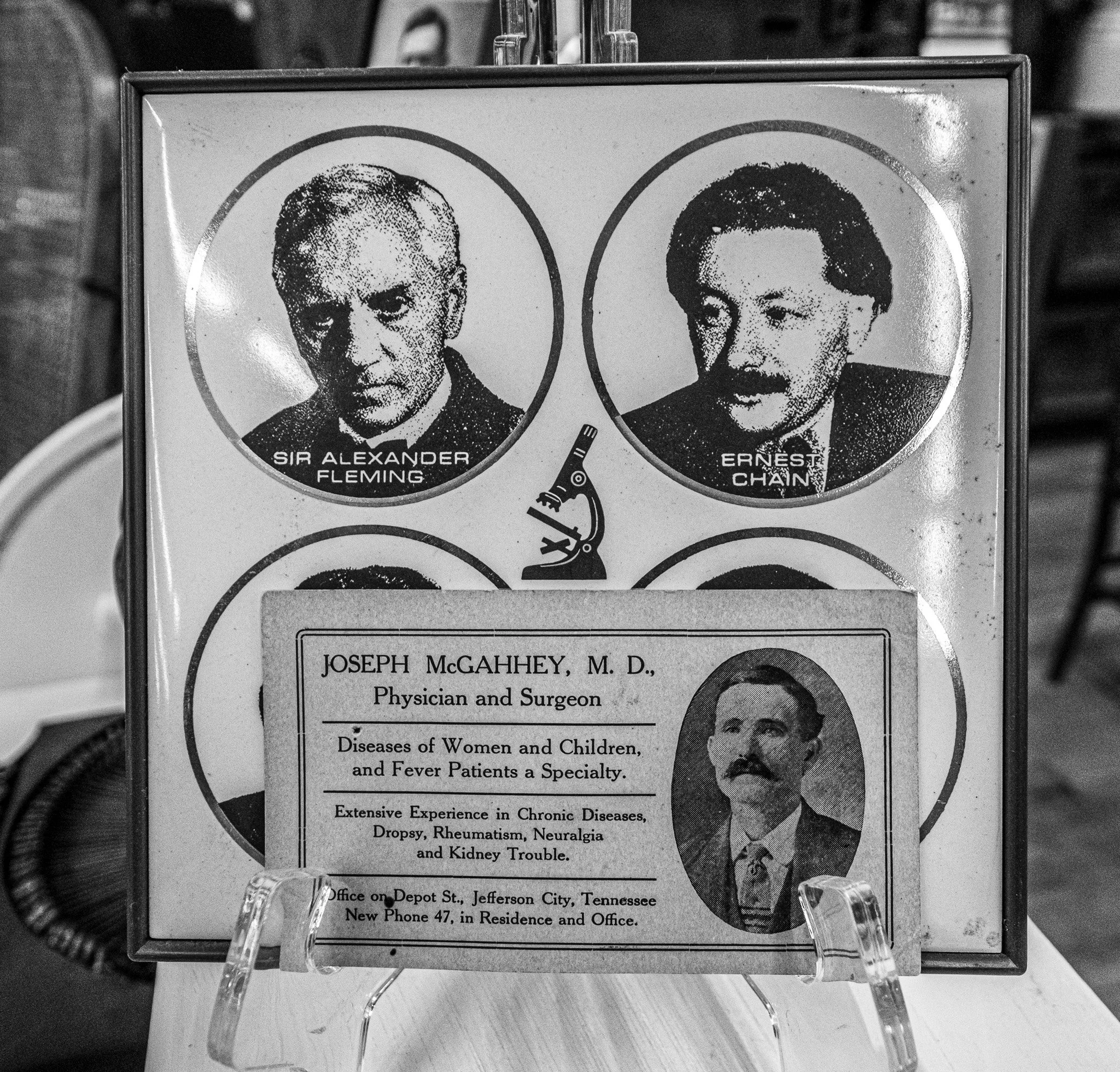Great River Road Trip, Day #7
Saturday, May 10, 2025
Fort Curtis was a Union fort with earthwork ramparts for defense. This would be the view an attacker would see from the outside. Inside the fort the soldiers would stand behind the earthen wall and shoot down upon any attackers. Someone trying to attack this position would be out in the open and those behind the wall could blast away at them from a protected position.
[Click on Image for Map]
Directly across the street from Fort Curtis is the Centennial Baptist Church, which has been designated a National Historic Landmark. However, it looks more like something out of an apocalyptic movie showing what happens to manmade structures when nature is allowed to take them back over. This building is literally caving in upon itself and the ivy has completely covered all exposed surfaces. The crumbling wall has actually fallen down and crashed the fence they put up to keep people out.
[Click on Image for Map]
About the only thing not covered by ivy is the small circular window.
After leaving here we drove the main downtown street in Helena and to be honest it was downright sad. I think EVERY building along the main street was empty, abandoned or even destroyed in some fashion. Again, it looked like something out of a movie scene. It is sad to think that these buildings were once the lifeblood of a thriving river town and now it almost appears the town is slowly returning to nature.
Our next stop was the Arkansas Post State Park Museum. This museum features what was known as the Arkansas Post, this was the first European settlement west of the Mississippi River and the first settlement in Arkansas. The artifacts in the museum range from the time of this first settlement until more recent.
[Click on Image for Map]
Here are a few of the museum artifacts that we found most interesting.
For all parents out there that spend an inordinate amount of money to have custom playgrounds installed in their back yards today; well the bar has been raised!!
The plaque on the front of this playhouse reads: “Playhouse built in 1933 for Harriet Jane Carnes Bonner by her parents, Arkansas State Representative, Grover Carnes and Bertie Carnes. The house is furnished with all the original toys and furniture, and features a wood burning fire place, electric lights, and a screened porch with the traditional porch swing.”
In this cabinet of historical medical equipment, I was interested to see they included TWO sets of obstetrical forceps. I guess that is what those “old time” doctors used to deliver babies!!
On the right are a few glass syringes and in the box on the left are the reusable hypodermic needles. Care for a case of hepatitis anyone……?
After he used the questionably sterile reusable needle, it was at least good to know that Dr. McGahhey was a specialist in “Diseases of Women and Children, and Fever Patients a Specialty.” And if you suffer from a case of the “Dropsy” (today known as edema), then Joe is your man!
The plaque on this canoe reads: “Dug-out Canoe. Found lodged in the banks of the Arkansas River, 1890. Single cypress log that was burned and hallowed.”
“Copper Moonshine Still. This still was found by the Arkansas County Sheriffs Department near Trichnor in 1978.”
For much of Arkansas history capital punishment was by hanging on a gallows like this one.
The interpretive plaque on site indicates that this gallows is a reconstruction and nobody was ever killed on this exact structure. However, the metal hardware used in this reconstruction is original and thus we are led to believe that this metal trap door and lever were used in prior executions. Standing on the metal trap door was an eerie experience.
Typical structure built in this region back in its time. It was interesting to read that this entire thing would be built without the use of nails. All the logs are cut so that they come together without nails and the spaces between them would be filled with a mud compound to keep out drafts and the elements.
After finishing at the Arkansas Post State Museum we walked the grounds of the Arkansas Post National Memorial. This is one of the actual sites of the original Arkansas Post town and also the site of a civil war fort and battle. The fort is now under water as the Arkansas river has changed course since the 1860’s. Today, the memorial is more of a walking tour with not much to see as far as physical structures. While walking the grounds Lisa got to meet her first live armadillo. In the south, the armadillo is like our raccoon - you can’t drive 5 miles without seeing a dead one on the side of the road. But this was the first live one she had ever seen.

